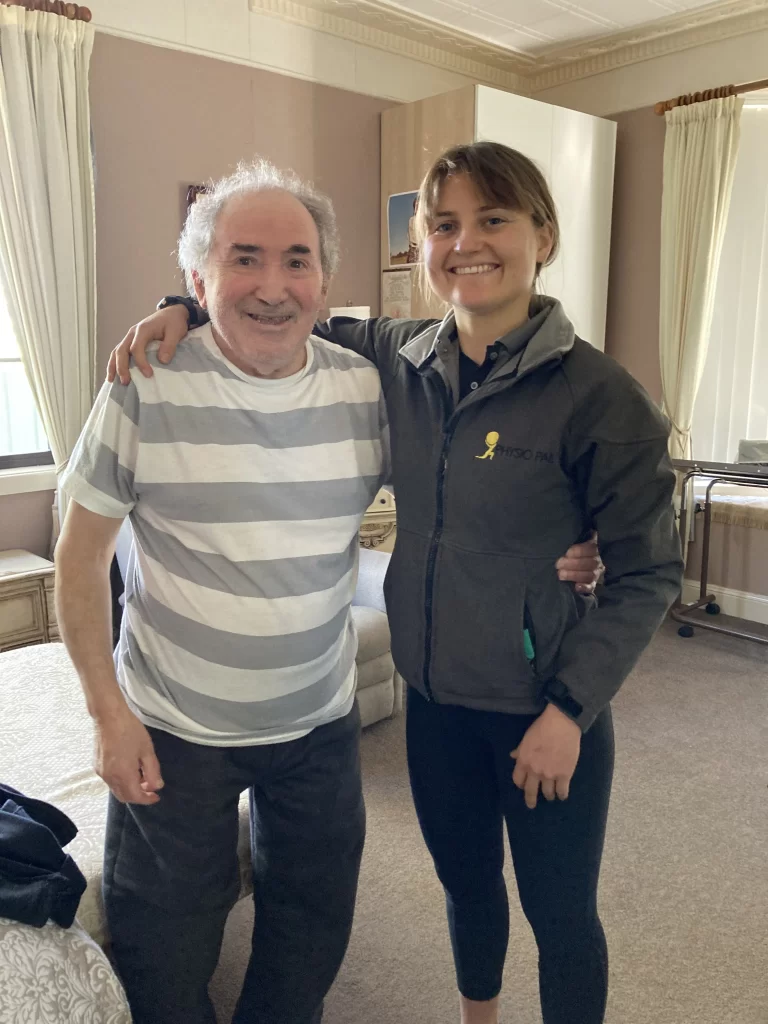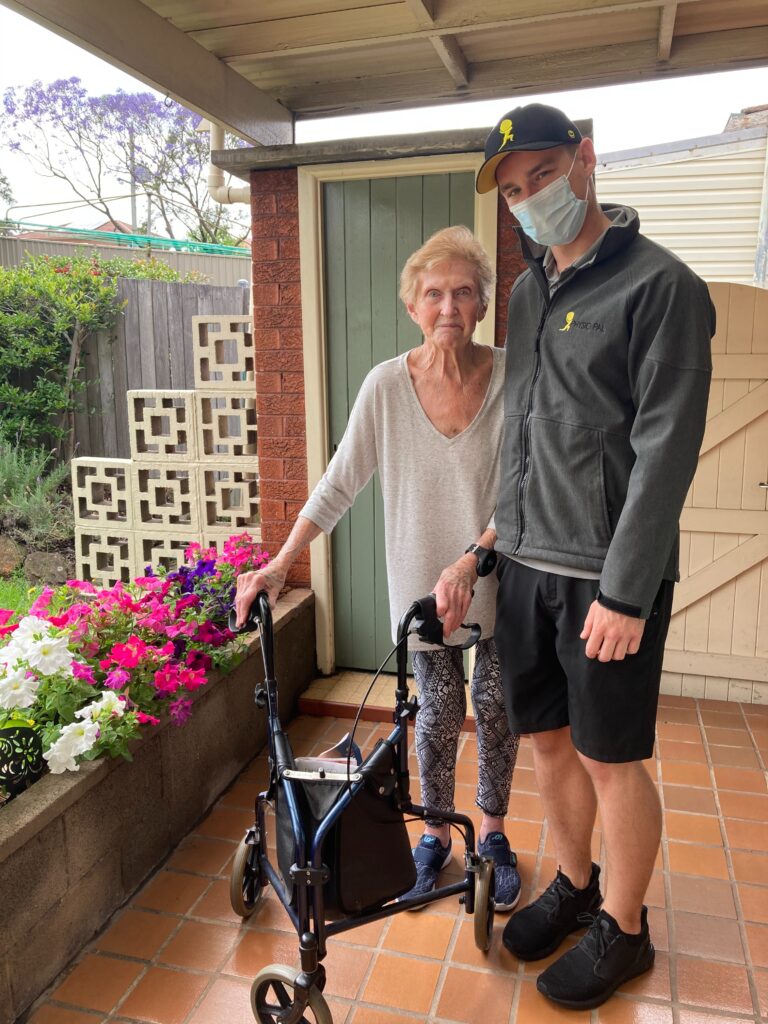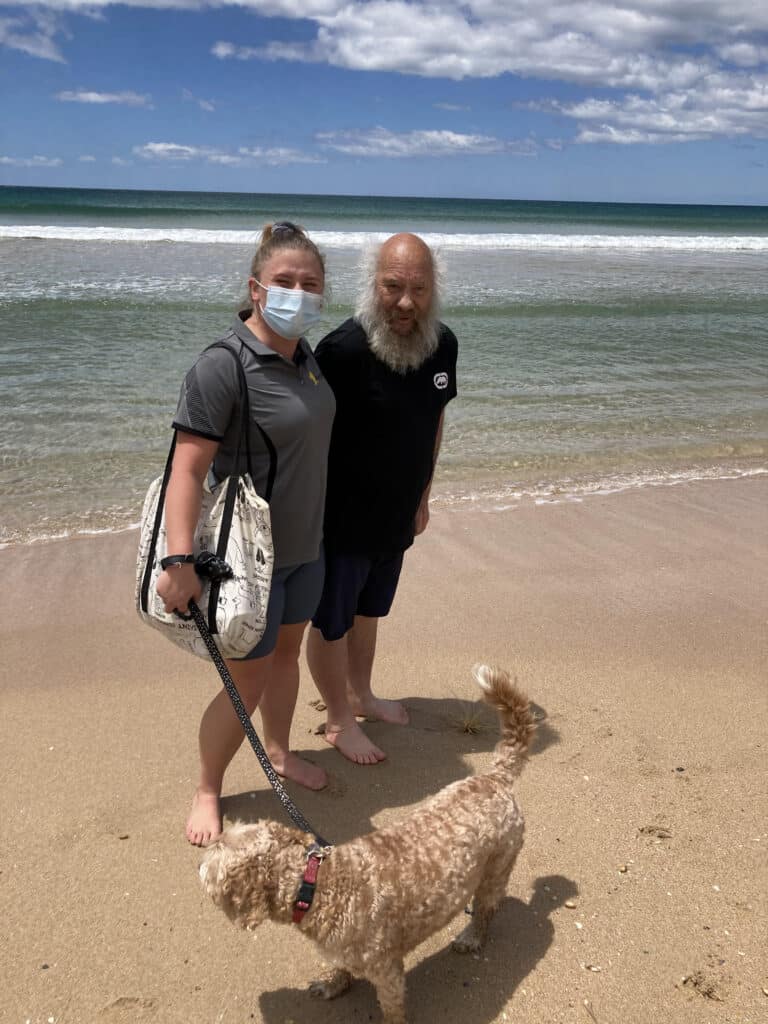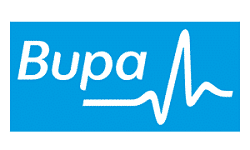Dry Needling for Pain Relief
What is Dry Needling?:
Dry needling is a therapeutic technique used by up-skilled physiotherapists to address various injuries for pain relief. Dry Needling involves inserting thin needles into specific trigger points in muscles, providing relief by releasing tension and promoting natural relieving responses.
How Dry Needling Works:
Dry needling involves the precise insertion of fine needles by an experienced professional into areas with muscle pain or discomfort. The needles stimulate these points, causing muscle contractions and, subsequently, relaxation. This process can help:
- Relieve Muscle Tension: Dry needling can result in muscle pain relief and tightness
- Improve Blood Flow: The insertion of needles increases blood flow to the targeted areas, promoting healing.
- Reduce Pain: By releasing muscle tension and improving circulation, dry needling can alleviate pain.
- Enhance Range of Motion: Improved muscle function and reduced tightness can lead to better joint mobility.
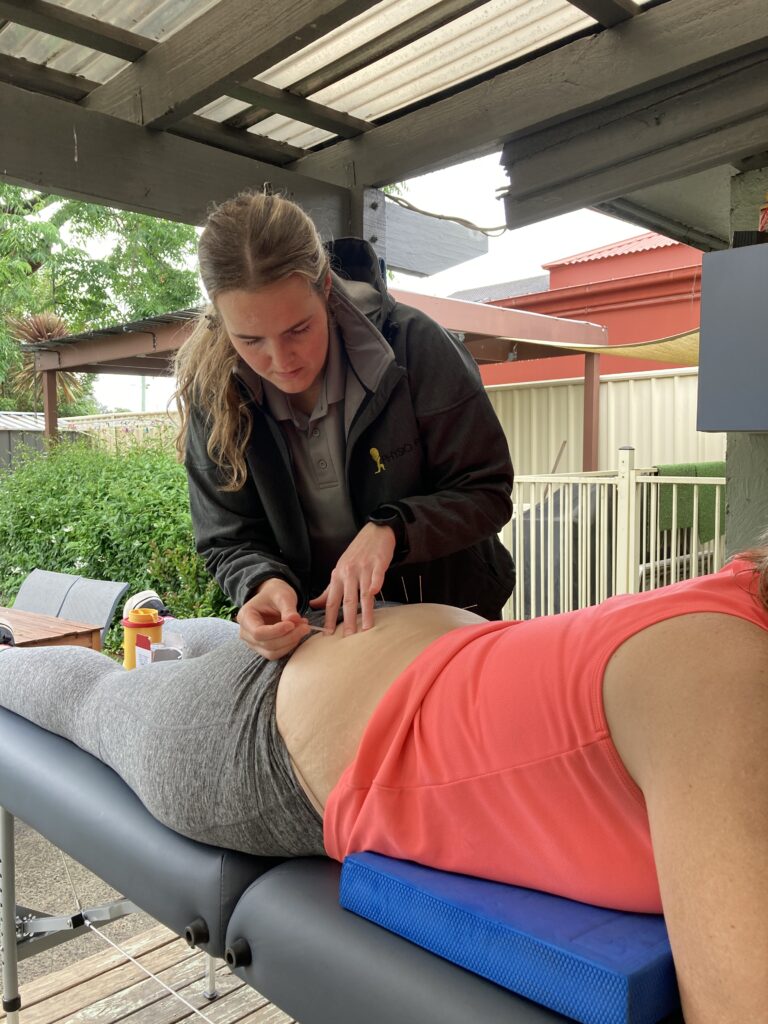
Conditions Benefiting from Dry Needling:
Dry needling can be beneficial for a wide range of conditions, including:
- Muscle Pain and Injury: It’s effective for treating muscle pain and soreness caused by injury, overuse, or tension.
- Sports Injuries: Dry needling can aid in the recovery of sports-related injuries like strains and sprains.
- Chronic Pain: For conditions like fibromyalgia, dry needling may provide pain relief and improved comfort.
- Headaches: Some tension-type headaches can be relieved with dry needling targeting neck and shoulder muscles.
- Back Pain: Dry needling can be used to address lower back pain, often associated with muscle tightness.
- Joint Conditions: It complements the treatment of joint conditions by addressing muscle-related issues contributing to pain.
At Physio Pal, we prioritise your well-being and safety. Our physiotherapists are highly trained and dedicated to providing effective, safe, and tailored dry needling treatments to help you find relief from pain and discomfort. If you have any questions or concerns about dry needling, please don’t hesitate to contact us.
FAQ: Safety of Dry Needling
Q: Is dry needling safe?
A: Yes, when performed by a trained and licensed physiotherapist, dry needling is generally safe. Our physiotherapists are experienced in dry needling techniques and follow strict hygiene and safety protocols.
Q: Are there any side effects or risks?
A: While side effects are typically mild and temporary (such as minor bleeding or bruising at the insertion site), serious complications are rare. Your physiotherapist will discuss any potential risks with you before the procedure.
Q: Can dry needling be done at home safely?
A: Our physiotherapists are specially trained to ensure safety during home visits. They use portable safety sharps bins to avoid contamination, ensuring excellent hygiene and safety for the procedure. Your physiotherapist will provide detailed instructions and guidelines to minimise any risks.
Q: How will I feel after a dry needling session?
A:Whilst Dry Needling can result in immediate pain relief, some patients may experience temporary soreness or mild discomfort, similar to post-exercise muscle soreness. This is normal and usually subsides within hours to days.


